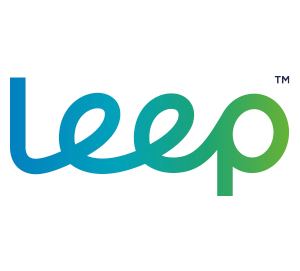Leep Utilities recently welcomed a cross-sector delegation to our trigeneration Energy Centre at MediaCityUK, offering a rare behind-the-scenes look at
Recently, our teams across the business took part in Wellbeing Week, a dedicated fixture in our calendar to pause, connect,
Our article featuring our Director of Business Development, Matt Ling, ran in BSEE magazine. The full article is below… How
Welcome to the third in our series of Forward Thinking articles. As the year draws to a close, we’re reflecting
Our thought leadership piece on Fifth Gen Heat Networks was carried in HVR magazine. You can read the full article
Welcome to the second in our series of Forward Thinking articles. As the year draws to a close, we’re reflecting
Welcome to the first in our series of Forward Thinking articles. As the year draws to a close, we’re reflecting
Project overview We’re pleased to announce another exciting NAV project win for Leep Utilities with Fairview New Homes at the
Our thought leadership piece on smart water metering was featured in Energy Manager magazine. You can read the full article
Leep Utilities has been appointed as IDNO for a new build Primary School site in Nine Elms, near Wandsworth in London. Project
